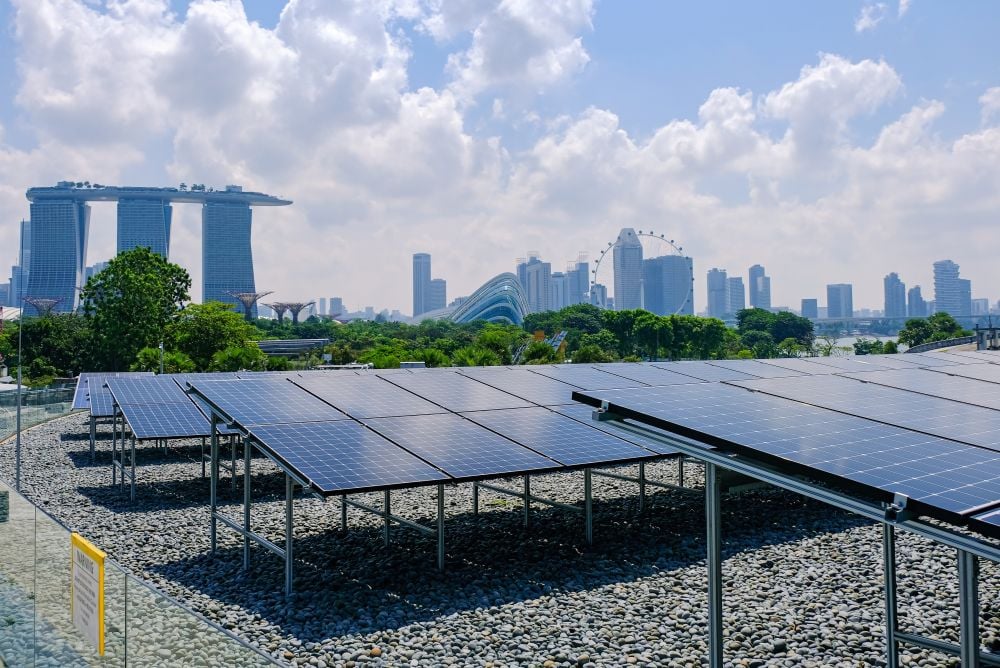Moody's Investors Service has upgraded the Republic of Korea's government bond rating to Aa3 from A1. The rating outlook is stable.
Strong fiscal fundamentals; a high degree of economic resilience and competitiveness; reduced external vulnerability of the banking sector, and a continuation of the status-quo in north-south geopolitics were cited as key drivers of the rating action.
The recent intensification of the economic weakness in the Eurozone and the slowdown in China's growth is adversely affecting Korea's exports, a key growth driver. Moody's said that continued weakness in the Eurozone will likely lead to a lower real GDP growth outturn for this year than previously expected, around 2.5% but still with downside risks Nonetheless, Korea's credit fundamentals would not be negatively affected at its current rating range.
The change in government bond rating to Aa3 also results in changes in: the foreign currency bond ceiling to Aa1 from Aa2, and the foreign currency bank deposit ceiling to Aa3 from A1. The P-1 rating on short-term obligations remains unchanged, as does the Aa1 ceiling on local currency bond and bank deposit ratings.
Moody’s said Korea's strong fiscal fundamentals enable a relatively large degree of policy space to cope with contingent domestic risks and external shocks. Its government finance metrics are very well placed among all Aa-rated peers, it added.
“The government's balance sheet has been relatively unscathed by the global
financial crisis and, so far, by the Eurozone crisis. The general government budget went into a modest deficit in 2009 as a result of the global financial crisis, but swiftly bounced back into surplus in 2010, and has remained in the black since then. Government debt has been contained at a moderate level in relation to GDP,” the rating agency noted.
These factors are reflected in Korea's very low gross financing requirement, which at 0.9% of GDP in 2012, according to the International Monetary Fund, is among the lowest for an industrialized economy. Over the medium term, Moody's sees the government's debt trajectory gradually declining.
Moreover, the outlook for government finances is favorable. The large size of Korea's domestic capital market, low inflation, a low risk premium on government securities, and a relatively favourable long-term outlook for economic growth mean that fundamental pressures on the government's debt-carrying capacity are notably absent, it explained.
Moody’s added that the Korean economy has demonstrated resilience to external shocks. It avoided a recession because of the global financial crisis in 2009, and rebounded strongly in 2010. Korea's trend growth has become closely aligned with that of global growth in the past decade, and is therefore stronger than that of the advanced industrial countries.
“Korea's economic growth rate this year is slowing with the downturn in global growth, but the competitiveness of its export sector will help lead a rebound as the global economy recovers. Despite these headwinds, the country's labour market has remained relatively healthy—the unemployment rate was 3.1% in July. Over the long run, continued gains in labour productivity and restraint in unit labour costs will be essential in maintaining the economy's competitiveness and its potential growth rate, which is close to 4%,” it pointed out.
“Macro-prudential regulatory measures and improved risk management have proved effective in reducing banking sector vulnerabilities. The risks associated with a heavy reliance on off-shore wholesale market funding became evident during the global financial crisis. Since then, banks' have appreciably reduced their reliance on short-term external funding as a share of total external liabilities; loan-to-deposit ratios for the regulated banks; as well as for the policy banks; have declined to a more prudent level.”
Moody’s said that related to this issue is the presence of system-wide self-insurance against deleveraging and risk aversion in the global financial markets.
Official foreign exchange reserves have risen and have remained above US$300 billion since April 2011; standing near a record level of US$314 billion as of July 2012. In contrast, during the global financial crisis, they had plummeted to US$201 billion.
“The rating action is supported by a developing outlook which suggests that the geopolitical status quo will not be adversely disrupted by the ongoing leadership transition in Pyongyang. However, a possible step-up in Pyongyang's economic engagement with Beijing, as seen in the announcement of three new industrial zones along the China-North Korea border, suggests that the risk of an collapse of the autarkic communist state during the leadership transition phase is diminishing. Furthermore, the risks relating to renewed military conflict on the Korean peninsula are contained by the long-standing deterrence provided by Seoul's robust alliance with Washington.North Korea-related event risks factored into our Sovereign Bond methodology do not constrain the Republic of Korea's rating at the Aa3 level,” Moody’s remarked.
Concerns over the rise in non-financial public-sector debt since 2007 are being allayed by recent policy actions, although effective management of public corporation liabilities remains a concern which could affect the future rating trajectory. Transparency and accountability will be enhanced by the government's new mandate that public corporations submit five-year financial management plans to the Ministry of Strategy and Finance—done in
June—and which are to be vetted before the National Assembly in September
2012.
Mitigating to some extent the risk from the rise in public corporation debt is the offsetting rise in public sector assets. Much of the borrowings by the state-owned corporations have supported the development of resources overseas and energy infrastructure at home. Such projects will generate revenues in the future. Other investments have improved social welfare services, such as increasing the supply of affordable housing.
Concerns over rising household debt remain salient, but Moody’s said it does not consider that such debt poses near-term risks to the banking sector, or to the government's balance sheet, if it is contained. Rather, our immediate concerns center on the potential for a drag on private consumption expenditure and, therefore, whether the high degree of resilience in the Korean economy would be impaired.
Moody’s said the stable outlook means that upside and downside risks are balanced. Factors that could lead to a positive rating action:
· Further reduction of the banking sector's vulnerability to external funding,
· Reduction in the contingent risks to the government's balance sheet, which result from non-financial public enterprise debt, or from household debt
· Maintenance of fundamental economic competitiveness and of long-term growth prospects.
Factors that could lead to a negative rating action:
· A significant or irreversible deterioration in the government's balance sheet either from budgetary slippage, or from the fiscalization of contingent liabilities,
· A fraying of the overall policy framework which has been supportive of employment, investment and growth,
· A material heightening of the geopolitical risks associated with North Korea, such as from the collapse of the communist state, or an outbreak of military conflict on the Korean peninsula.









